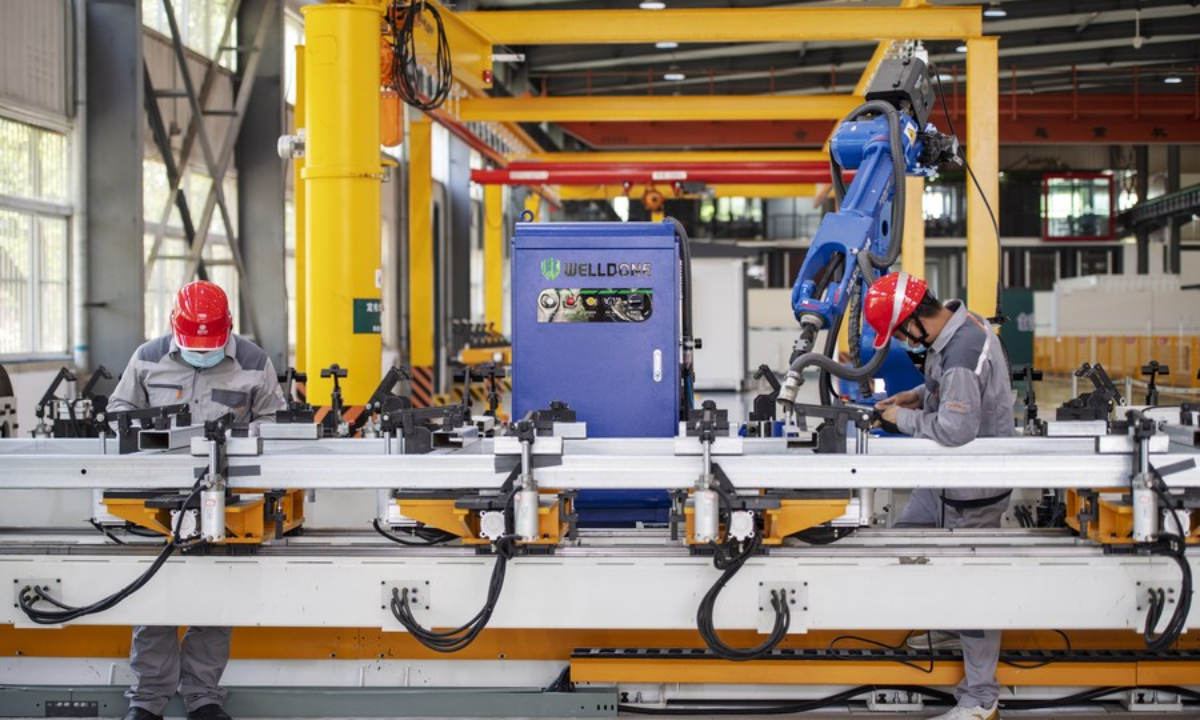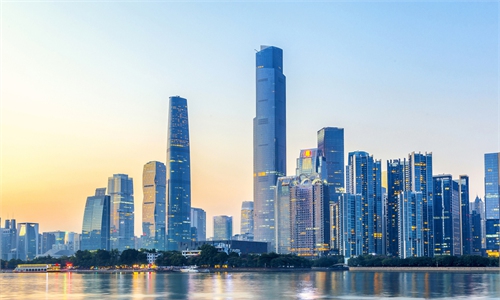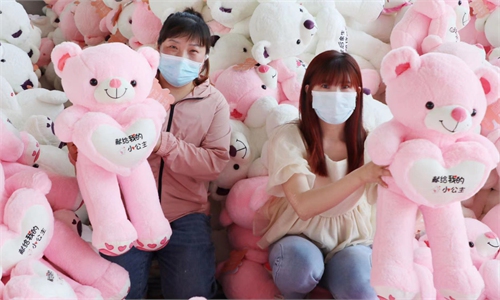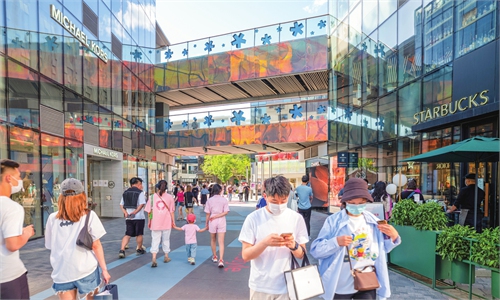China fires policy ammunition to support economic stabilization, with more intensive central govt meetings

Staff members work at the workshop of the Anhui Electric Power Transmission & Transformation Co., Ltd. in Hefei, east China's Anhui Province, May 13, 2022. Photo:Xinhua
As the Chinese economy has been facing unprecedented challenges in the wake of geopolitical tensions and the domestic Omicron resurgence, the State Council and a slew of ministries under the country's cabinet have convened key economy-stimulating meetings more frequently with intensive supportive policies since late March, with a barrage of central government meetings focusing on economic stabilization and recovery.
The high-level meetings, ranging from State Council executive meetings, to special pro-growth symposiums, to an unprecedented video conference held on May 25 on stabilizing the economy with reportedly some 100,000 attendees, epitomize the government's overwhelming support to bring the economy back on the path leading to the recovery.
With the meetings intended to implement the pro-stabilization measures, Chinese economy that has, over the past few decades, based its meteoric rise on effective policy implementation across government bodies at varying levels, is set to quickly emerge from the unpredictability-induced fallout, experts said.
The increasing frequency of the State Council's executive meetings and other high-level meetings with the focused agenda have sent clear and strong signal of government's resolve. The executive meeting is usually held once a week, presided by Premier Li Keqiang and attended by cabinet members.
As of Wednesday, 10 such meetings had been convened since March 21, almost entirely focusing on economic stabilization. The executive meeting on March 14, prior to the one on March 21 was to determine the division of major tasks for the Government work report.
By comparison, the cabinet's 10 executive meetings held over the same period in 2021, were vastly diverse in terms of agendas, covering reforms, innovation, small and micro-sized businesses, agriculture, among other issues.
Beyond that, the central government has tapped into many more opportunities to address the stability push this year.
On May 25, the cabinet held the keenly watched national teleconference on stabilizing the economy with reportedly upwards of 100,000 participants, demonstrating the government's unparalleled resolve to bolster conditions as performance of the world's second-largest economy seems grimmer than expected.
Two days before this unprecedented meeting, the State Council rolled out a comprehensive package of 33 measures covering six areas to support various aspects of the Chinese economy.
The measures cover fiscal and monetary support, investment, consumption, food and energy security, and supply chain stability.
The May 23 executive meeting and May 25 teleconference have sounded a clarion call for China to resume work and production after the latest Omicron flare-up has been largely put under control, Hu Qimu, chief research fellow at the Sinosteel Economic Research Institute, told the Global Times on Thursday.
"During the teleconference, Premier Li Keqiang said that efforts will be made to ensure reasonable economic growth in the second quarter and the unemployment rate will soon be reduced, which means that China will put the brakes on the economic downward trend by the end of May and we should be well on our way to recovery by June," said Hu.
Chinese economy recorded a 4.8 percent growth in the first quarter, official data showed. The economy then came under tremendous pressure since April amid the Omicron flare-ups in Shanghai and Beijing, with indicators spanning from fixed-asset investment, to industrial output, and retail sales showing a conspicuous slowdown.
"China's economy was under downward pressure in the first quarter but the manufacturing purchasing managers' index (PMI) in March and April, which fell down below 50 - the contraction scope, really showed that enterprises have no incentive to produce or lack the necessary conditions to produce," said Hu.
He noted that in April and May, the cabinet had a couple of key meetings on economic recovery, such as national teleconference that reportedly attended by all levels of governments, to stimulate growth.
Premier Li Keqiang presided over several symposiums since early April, which were all focused on safeguarding the economy, people's livelihood and market entities.
On April 7, Premier Li called for efforts to balance epidemic response and economic and social development, and stressed the importance of efforts to keep the fundamentals of the economy stable and ensure the country's economy runs within an appropriate range, while presiding over a symposium on the economic situation attended by economists and entrepreneurs.
In another symposium held on April 11 with local government officials from East China's Jiangxi Province and Zhejiang Province, Northeast China's Liaoning, South China's Guangdong Province and Southwest China's Sichuan, the premier stressed the stabilization of employment and price levels.
On May 18, Li called for an accelerated pace and ramped-up efforts in the implementation of macro policies to stabilize the growth of market entities and shore up employment and people's basic livelihoods. Government officials from 12 provinces also attended the symposium.
A symposium on stabilizing growth and ensuring employment was held in Southwest China's Yunnan Province on May 19, also presided over by the premier.
The cabinet's economy-push measures were also closely related to the COVID-19 control situation in China, especially in Shanghai and the Yangtze River Delta, where major automobile, semiconductor and pharmaceutical industrial chains are located, according to Hu.
What makes the official call for stabilizing growth especially noteworthy are the specific deadlines set for detailed pro-growth measures.
According to the cabinet, as downward pressure on the economy continues to mount, many market players are facing difficulties. Development is the foundation and the key to solving all problems in China.
In a fresh sign, the State Council's executive meeting on Wednesday required an additional 140-plus billion yuan in input VAT credits to be basically refunded in July.
The VAT credit refund was originally planned at a total of 1.5 trillion yuan for this year and a total of 2.64 trillion yuan will be given in tax rebates and reductions.
Input VAT credit refers to the credit that a business receives from VAT payment on a purchase which it can use to lower its tax liability on a sale.
The central government push that has unambiguously urged implementation efforts by cabinet-level departments and local governments across the country is shown to have prompted a great number of similarly toned meetings at different levels.



